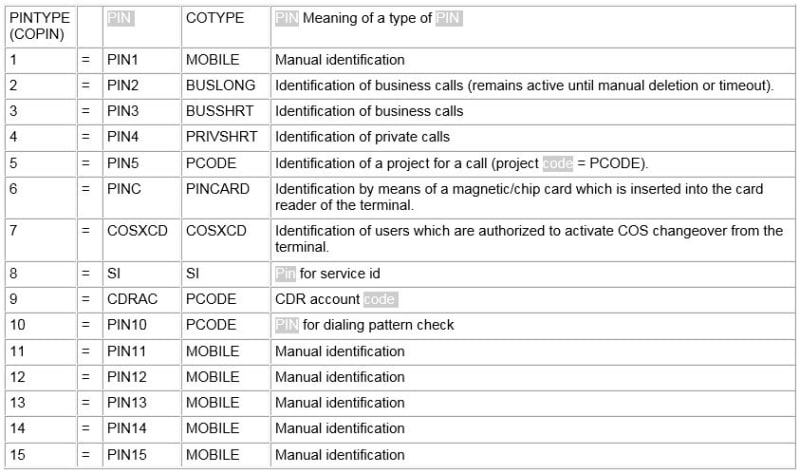jschnarkey
Technical User
In most PBX's I have worked with I can set up a way to call into the PBX and then make an outside call. This displays either a predefined number or my desk number depending on the system.
Is the HiPath 400 V7 capable of such a thing?
Is the HiPath 400 V7 capable of such a thing?

